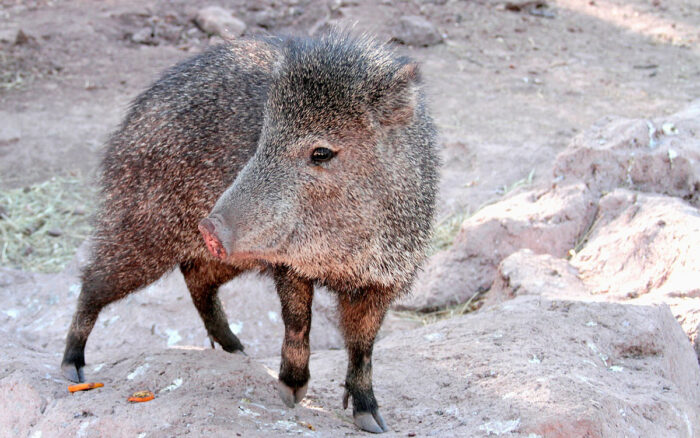
Gardeners invest time, money, dedication, and care into their gardens. Many of us wait for special plants to display their dazzling show of blooms, leaf colors, and fruit at unique times throughout the year. It’s frustrating to wake up and see your prized plants nibbled, chomped, and grazed to stubs, or worse—torn out, roots and all. Animal damage is even more of a concern when you’ve carefully chosen your property as an escape from cities and more populated areas. While some animal grazing may be inevitable, prevention is key in deterring hungry deer, rabbits, and javelinas from your garden.
The following are a few strategies I use in my landscape-designer toolbox. This list is not exhaustive by any means but will hopefully give you a leg up in the longstanding tug-of-war that we gardeners play with wild animals. It’s easier to create an animal-resistant garden if you’re starting from scratch, but if your garden is already very established, you will still be able to incorporate some of these strategies without needing to start over.
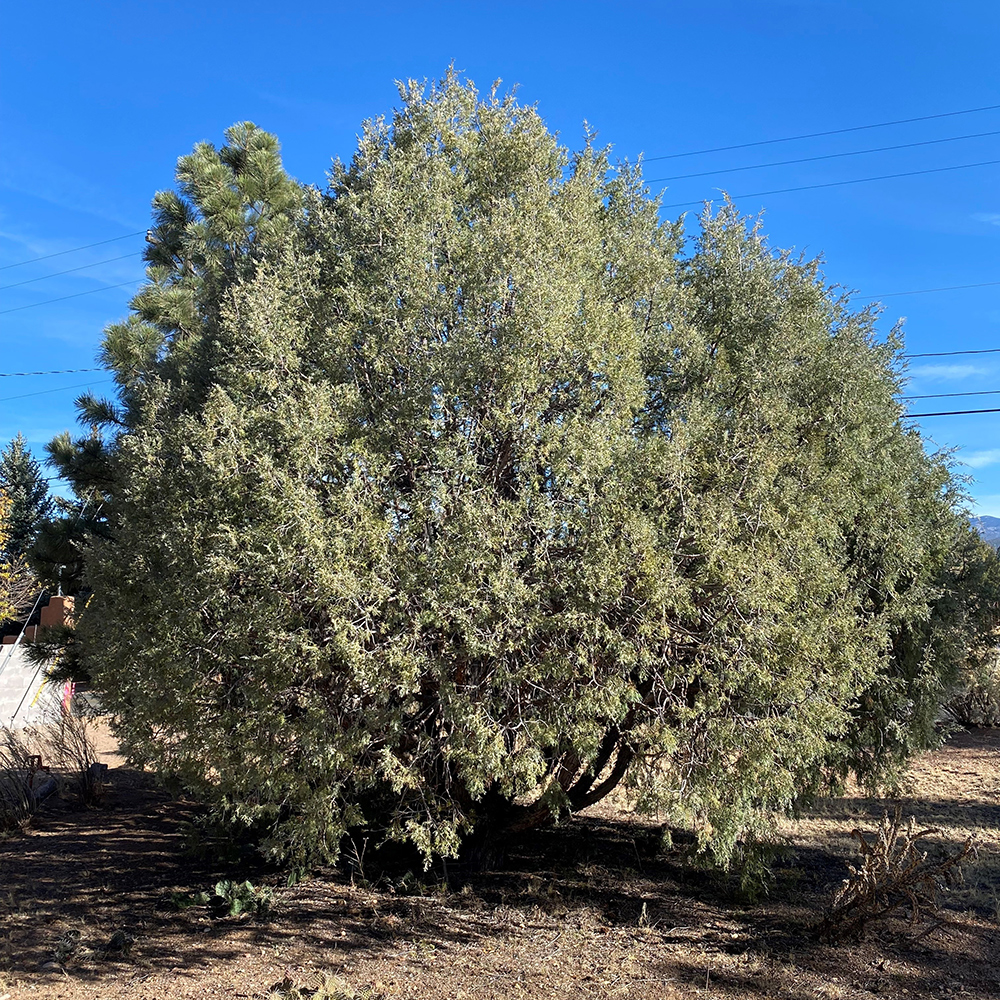
Choose resistant trees and shrubs
You should plant animal-resistant trees and shrubs around the perimeter of your property and place more vulnerable plants within that perimeter. A few animal-resistant native trees include:
- One-seed juniper (Juniperus monosperma, Zones 4–8)
- Piñon pine (Pinus edulis, Zones 5–8)
- Rocky Mountain juniper (Juniperus scopulorum, Zones 3–8)
- ‘Blue Ice’ Arizona cypress (Cupressus arizonica var. glabra ‘Blue Ice’, Zones 6–9)
Some animal-resistant native shrubs include:
- Three-leaf sumac (Rhus trilobata, Zones 3–8)
- Downy serviceberry (Amelanchier arborea, Zones 4–9)
- Mountain mahogany (Cercocarpus spp. and cvs., Zones 4–10)
- Four-wing saltbush (Atriplex canescens, Zones 6–10)
- Big sagebrush (Artemisia tridentata, Zones 4–10)
- Rubber rabbitbrush (Ericameria nauseosa, Zones 4–9)
Create a scent barrier
In addition to planting animal-resistant trees and shrubs around the perimeter of your garden, add plants with strongly scented foliage that will repel animals. Salvias (Salvia spp. and cvs., Zones 5–11) and other plants in the mint family are perfect for this. Most animals that would like to eat plants in your garden have a keen sense of smell, so salvias and other fragrant plants turn away creatures before they discover more delicate, savory plantings. This is another reason why you should avoid placing plants you know that animals will eat near the edge of your property.

Site tastier plants in protected areas
When placing plants you know that animals will target, such as fruit trees or annuals, place them in courtyards, entrances, and higher-traffic areas to reduce the likelihood that animals will venture near them. If bears are a problem in your area, you need to have more-permanent barriers such as tall fencing or walls, because bears are not so easily deterred.
Use an organic, biodegradable animal deterrent
When I maintain gardens, I use a biodegradable product for a sensory deterrent of deer and rabbits named Liquid Fence. It stinks to high heaven when you apply it, but the scent lessens over time. Even though it’s for deer and rabbits, I believe it would also work for javelinas. Two other nontoxic products that work well are Critter Ridder and Repels-All. Make sure to choose a biodegradable product that won’t harm animals.

Leave faded foliage standing
Once the foliage has faded from a perennial like an ornamental grass, leave the old foliage up for as long as you can before cutting it back. This helps reduce the likelihood of animals grazing on the tender new growth.
Use fencing
There are temporary fencing options available for deer and other animals, made of plastic or metal. These are most necessary to use when planting a new plant. New plants usually have new growth, which animals are drawn to, and are more vulnerable than established plants to stress.
Provide water
Wildlife pressure in gardens increases with drought because thirsty animals need to find water by whatever means necessary, and feeding on foliage and flowers gives them a small amount of water. You can reduce drought pressure on animals by providing water sources, such as a low saucer of water, at the edge of your property.
Keep an eye out
Observation might seem intuitive, but to have a leg up in this fight, you need to inspect your gardens frequently for damage before it gets out of control. Be consistent; don’t give up.
By using these techniques, you can strategically deter animals from munching on your prized plants. For more on deterring animals from your garden, check out:
—Mark Brotton, APLD, owns and operates Living Water, Irrigation, and Landscape based in Santa Fe, New Mexico.


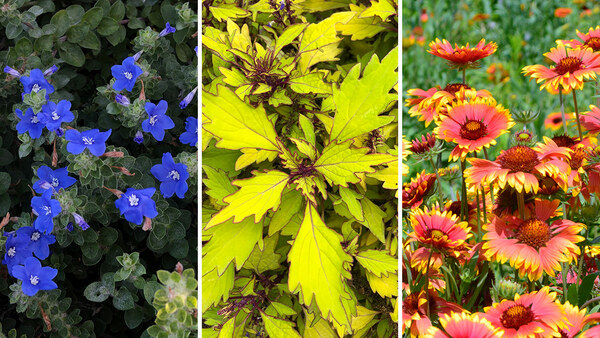
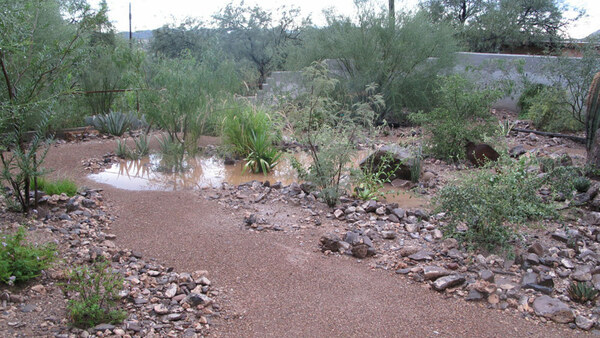
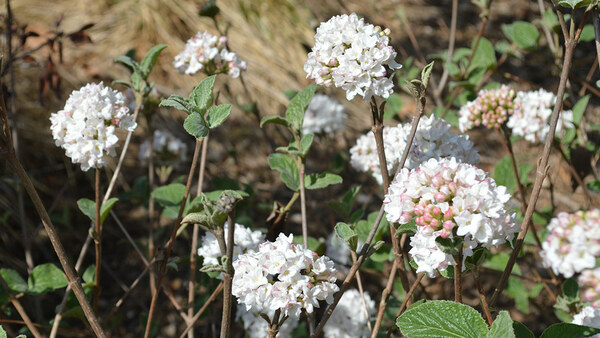













Comments
Log in or create an account to post a comment.
Sign up Log in